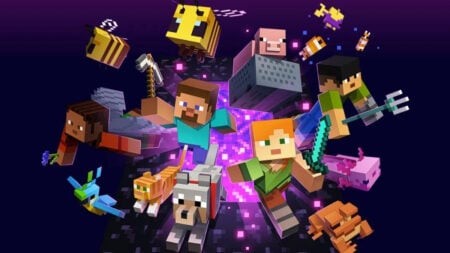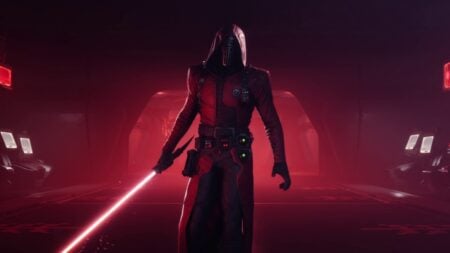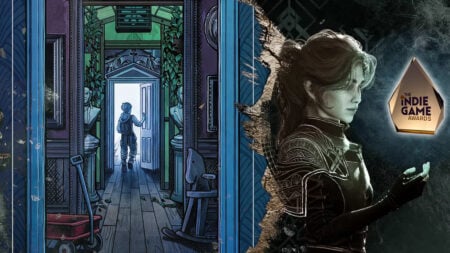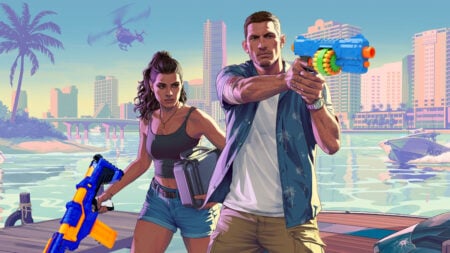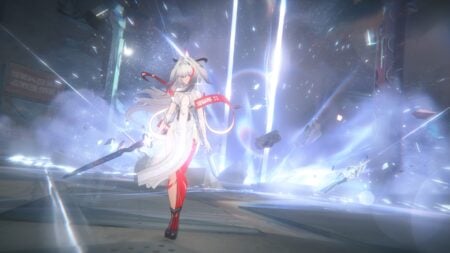Title: Deadlight: Director’s Cut
Available On: PC,
Tested On:
Developer: Tequila Works
Publisher: Deep Silver
Genre: Zombie Puzzle, Platformer
Official Site: https://www.homefront-game.com/age/
Release Date: June 21st, 2016
Where To Buy: Steam,
Zombies seem to, in one form or another, be infecting the gaming market. Whether they are called zombies, walkers, infected or shadows (as is the case in Deadlight: Director’s Cut); we have seen an influx of the walking dead. So do we need another addition to this already swarmed genre? Thankfully we do as Deadlight: Director’s Cut successfully differentiates itself from other zombie titles by incorporating challenging puzzles and revitalizing the fear the undead once possessed.
Deadlight: Director’s Cut is the refined version of the 2012 PC outing. Set in the 1980’s, a small band of survivors reside in the post-epidemic city of Seattle. The game begins with the the group fleeing for their lives from the incoming hordes which culminate in our protagonist, Randall Wayne, being separated from the team as he embarks on his journey to find his wife and daughter.
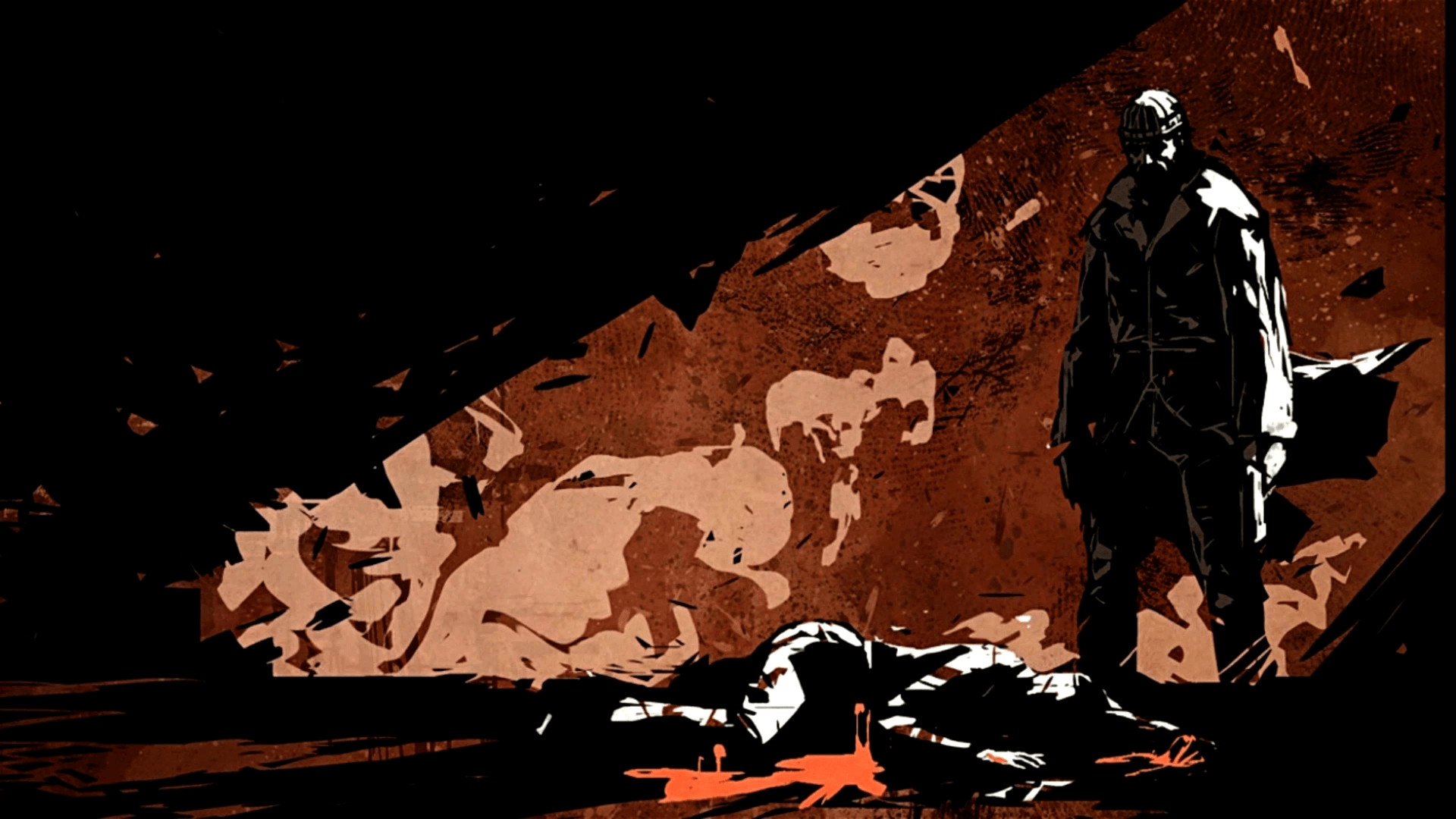
Over the course of 5-6 hours, you will escort Randall through ransacked streets and even delve into the sewers during his quest to find his family. Deadlight: Director’s Cut is a 2.5D platformer with a focus around puzzles and wittingly integrates the threat of the ‘shadows’ into this. My personal issue with zombie movies or games is that I never empathize with the threat of the situation, however Deadlight: Director’s Cut is able to summon this fear, simply with the vulnerability of Randall. He is by no means feeble, quite the opposite as he cleaves a ‘shadow’ in half with a fireman’s axe; however the level design will be the largest threat. When you are backed against a wall with little room to escape, intuition kicks in and your adrenaline begins to pump.
Randall is armed with a generous amount of stamina that will be depleted by any action. Swinging a weapon, running or climbing will see the bar slowly decrease. When combined with the small array of weapons you will acquire, survival is not easy. You need to manually reload each weapon with the press of a button and aiming is a delicate procedure where every shot must count. The ‘shadows’ do not harbour the intelligence of the living and as such, can be encouraged to fall from a ledge by simply dangling from the edge. This is a nerve-racking experience though as your endurance vanishes and the screen begins to fade and shake as you cling on for life. Sometimes you simply have to run to survive as the masses of undead give chase, jumping over cars and smashing through doors into the unknown. You always feel menaced with even a one-on-one encounter becoming a daunting challenge.
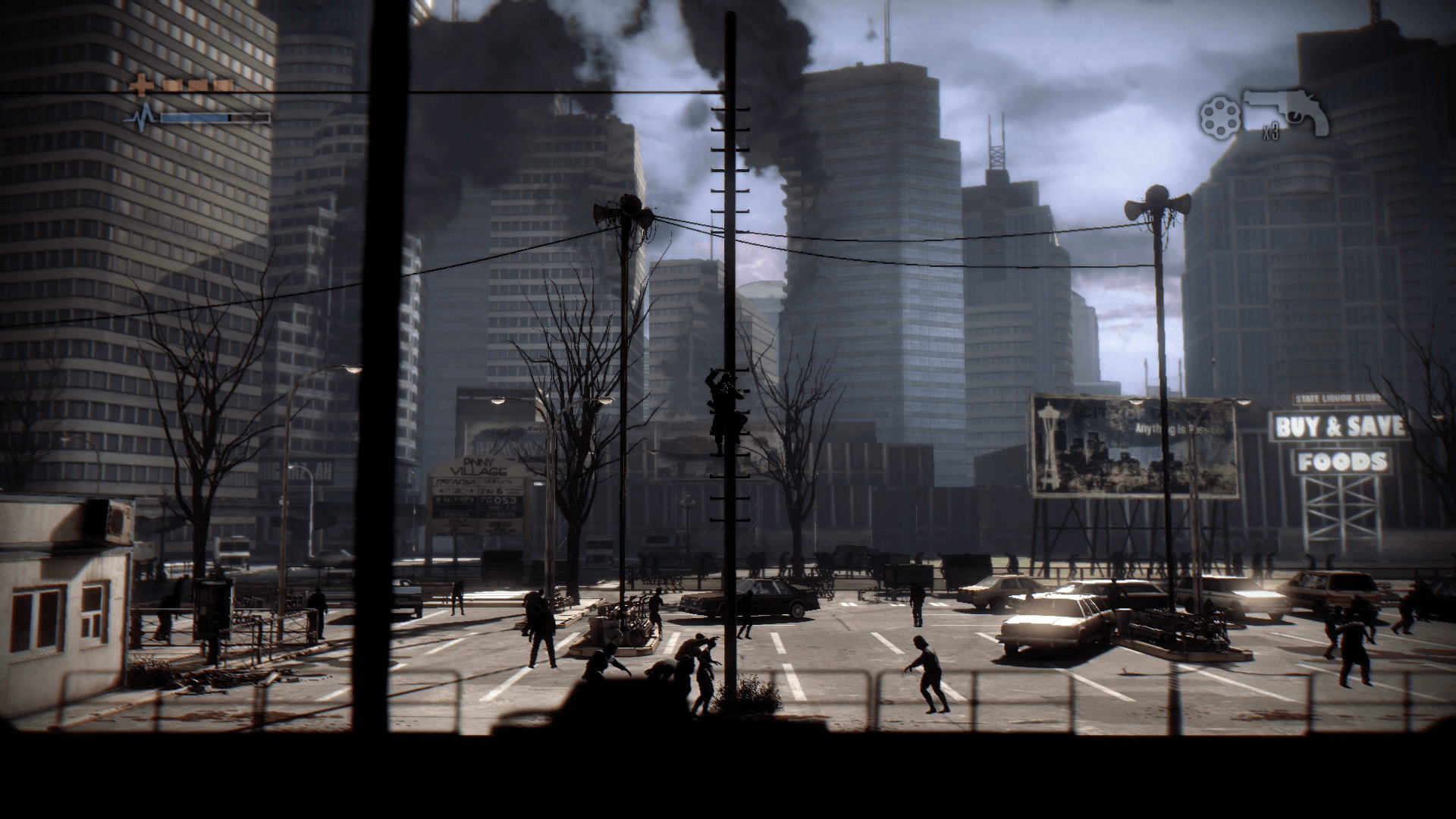
Aside from being mauled by zombies, which incidentally is unsatisfying gruesome, the platforming elements take inspiration from titles such as the classic Prince of Persia and the more recent, Limbo. The latter inspires the art direction with shadows and darkness playing an integral role in not only building suspense but giving depth to the areas. It is not a coincidence that the undead are referred to as ‘shadows’ as they will magically appear from the depths of the environment or lurk, dastardly in unlit corners. This concept works well but at times, can totally engulf you which can makes precision based dismounts, frustratingly tough.
The puzzles are never too tasking and feel contextual to proceedings and Randall’s eagerness to progress. As killing the ‘shadows’ is a tough endeavor, environmental hazards will help. Dropping crates, electrocutions or luring hordes onto weak floorboards will be far more effective that you could ever be. You can gain the undead’s attention by calling out and watch as their eyes pierce the darkness with a satanic red glow, luring them to their… second death.
The entire game takes place over the duration of one evening and as you progress towards your goal, daybreak will arrive, illuminating the climatic chapters. Although the platforming is bound by 2D physics, events occurring in the background bring Seattle to life. You will spot ‘shadows’ feasting on corpses and, upon noticing you, will impendingly approach your dimension. Terrifying shadows may drift across the screen between you and the protagonist too which had me feeling uneasy. Story elements make use of the daunting depth as you watch your friends escaping in a vehicle or in later stages, where zombies are not the greatest threat, a helicopter will bombard you with a rain of bullets.
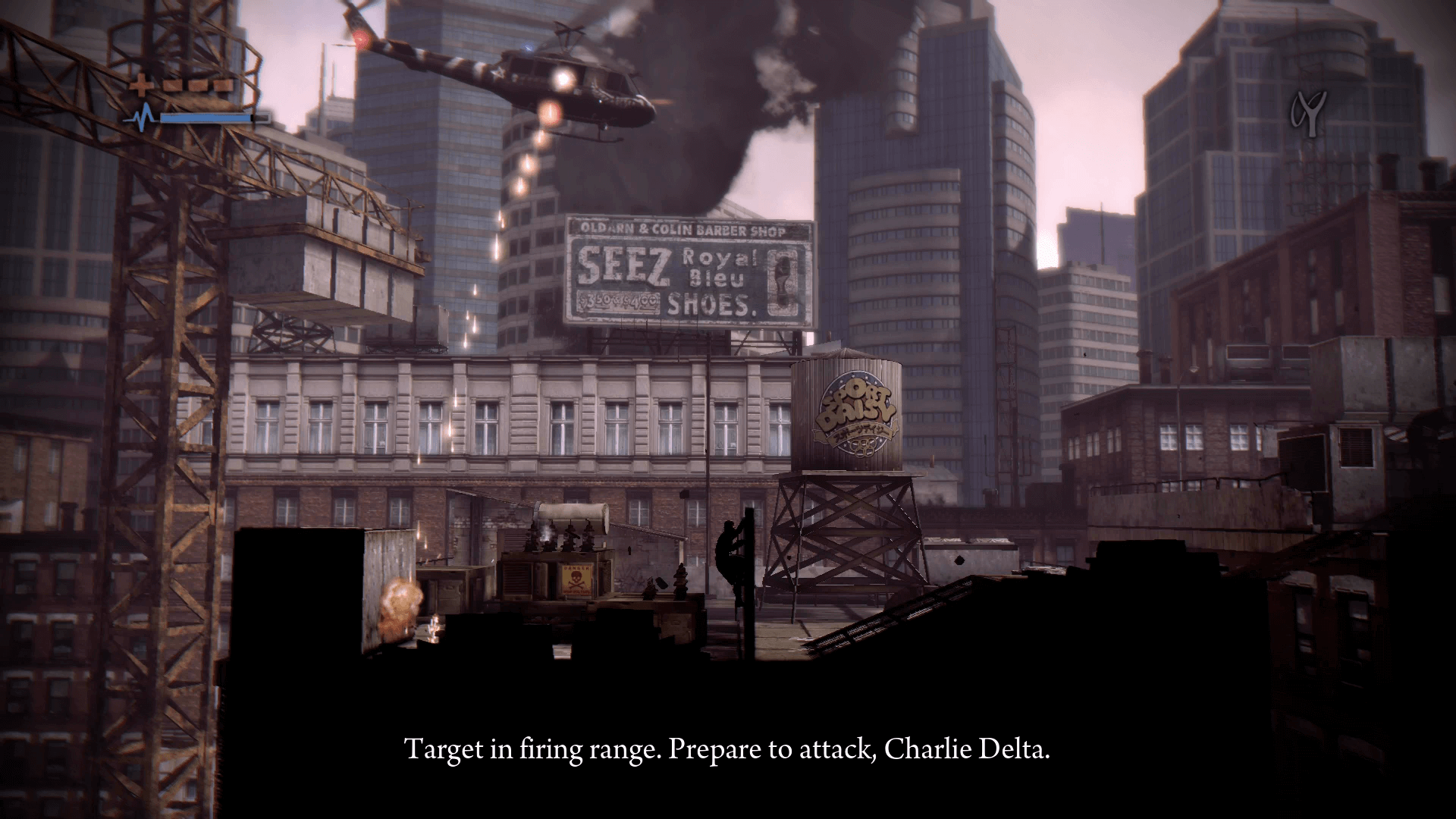
Along with the depth, verticality feels significant too. Scaling building rooftops, jumping between fire escapes and diving through apartment windows keep the adventure feeling fresh and varied. As you explore the depths of Seattle, you embark upon a series of death traps not too dissimilar from contraptions seen in the Saw movies. Each act introduces a new mechanic or motive which maintains the momentum of the narrative. A flashback scene acts as a tutorial for learning to shoot your firearm and dream sequences, hinting at a hidden truth, add a variety to proceedings.
Although the main campaign can be finished within five hours, it feels beautifully weighted and once completed, a nightmare mode unlocks offering a tougher challenge and rewards you with a unique ending. The shooting mechanics, which are sparsely used in the core mode, are enjoyable and can be explored further in the Survival Arena mode. Here you encounter endless waves of ‘shadows’ whilst collecting new weapons such as Molotov cocktails and more. The game mode has an arcade feel to it and offers a different experience.
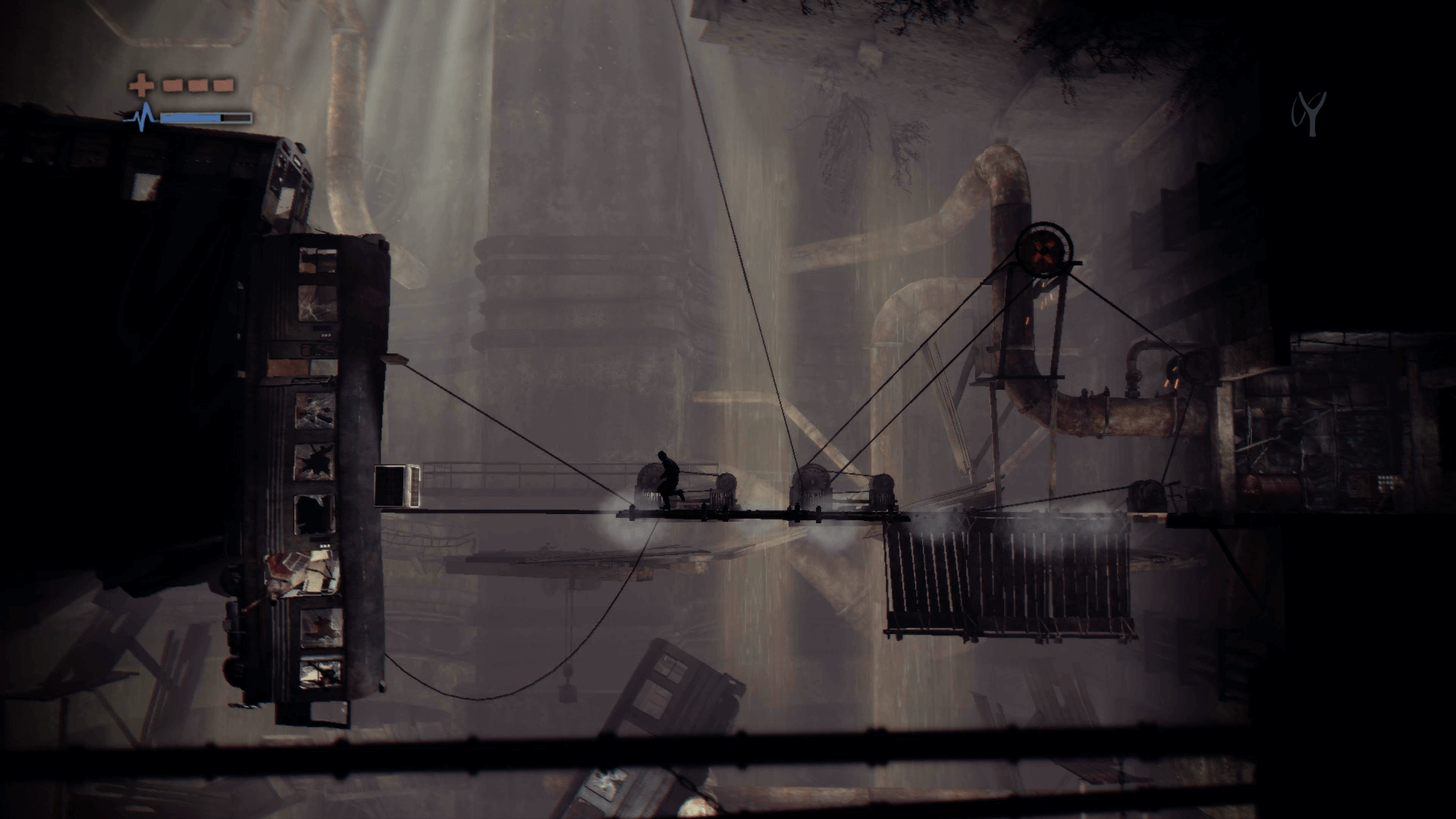
As this is the Director’s Cut and essentially a four year old game, I was a little disappointed about how refined the experience was. On the PlayStation 4 and
Deadlight: Director’s Cut offers a zombie experience like no other. The narrative is simple, relatable and whereas in shows such as the Walking Dead where character motives are incomprehensible; you can relate to Randall’s plight. Deadlight: Director’s Cut achieves the daunting task of making zombies terrifying again and accomplishes this by making the player feel vulnerable. A well paced, compact story and rewarding game play makes Deadlight a unique yet familiar experience well worth playing.
[embedyt] https://www.youtube.com/watch?v=Kj1rzaEiteU[/embedyt]
- Gameplay: 2.5D Puzzle, Platformer
- Graphics: Darkness adds ambiance but textures look rugged
- Sound: Audio glitches can have Randall dying in silence
- Presentation: Making zombies terrifying again
[review]


